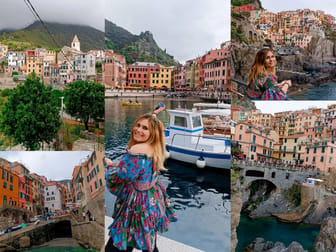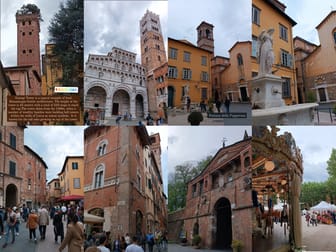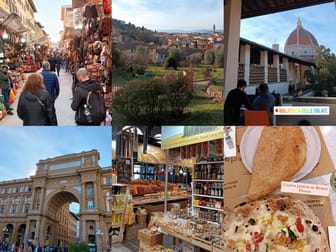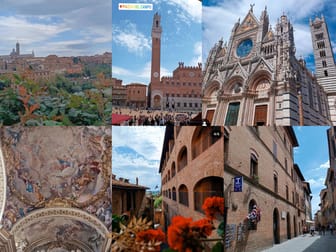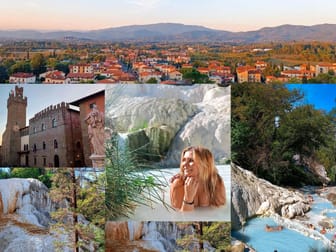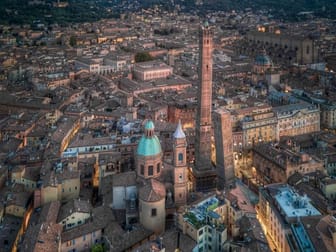Pisa: More Than a Leaning Tower
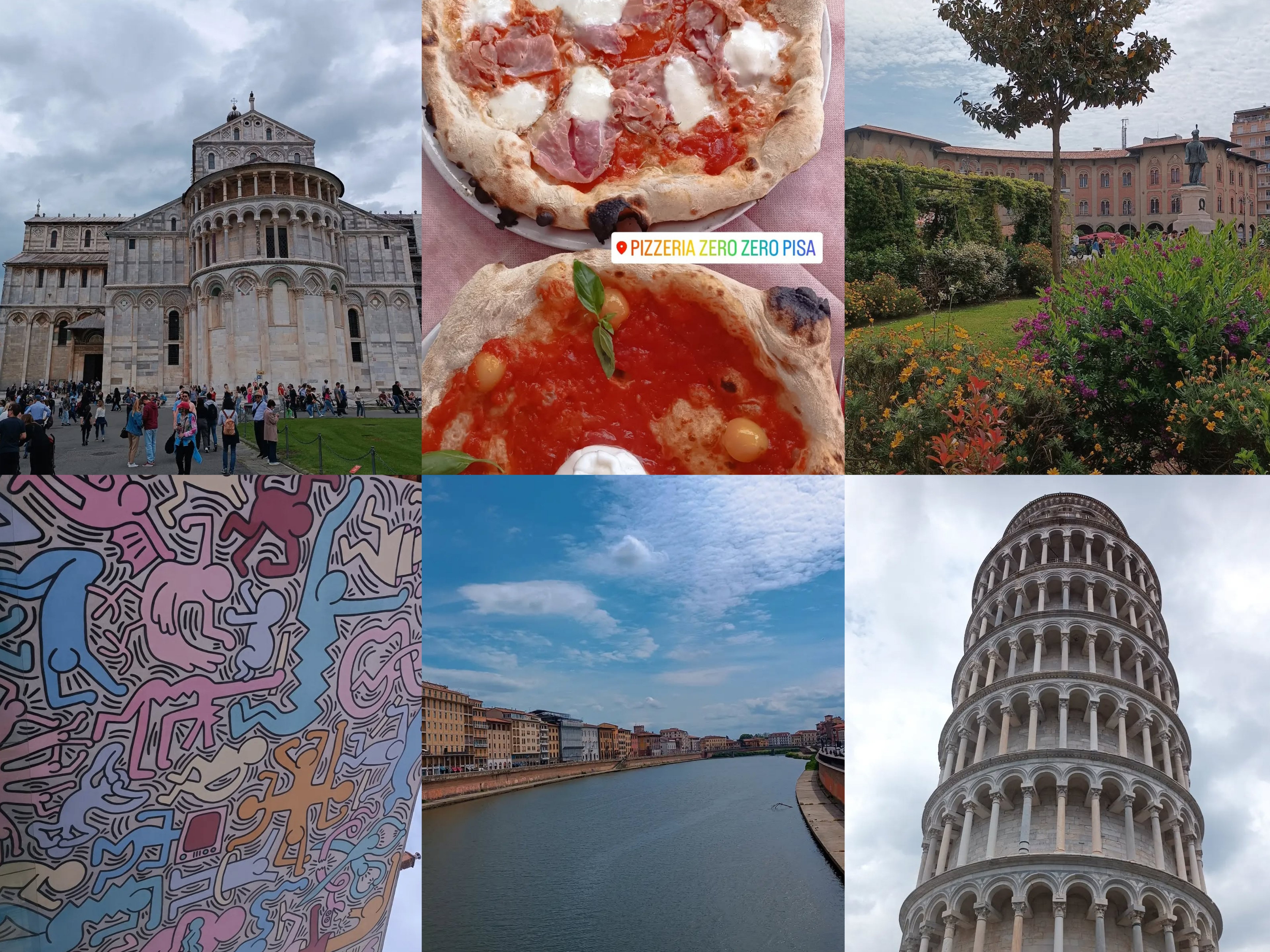
Where is Pisa?
Pisa is a charming city located in the Tuscany region of central Italy, about 80 km west of Florence and near the Ligurian Sea. Famous worldwide for its Leaning Tower, Pisa boasts a rich history, stunning architecture, and a vibrant cultural scene. Nestled along the banks of the Arno River, it’s the perfect blend of historical charm and laid-back Italian lifestyle.
How to Get There?
🛫By Plane:
Pisa is served by Galileo Galilei International Airport, just 5 km from the city centre. From the airport, you can take a bus, taxi, or Pisa Mover train directly to the city.
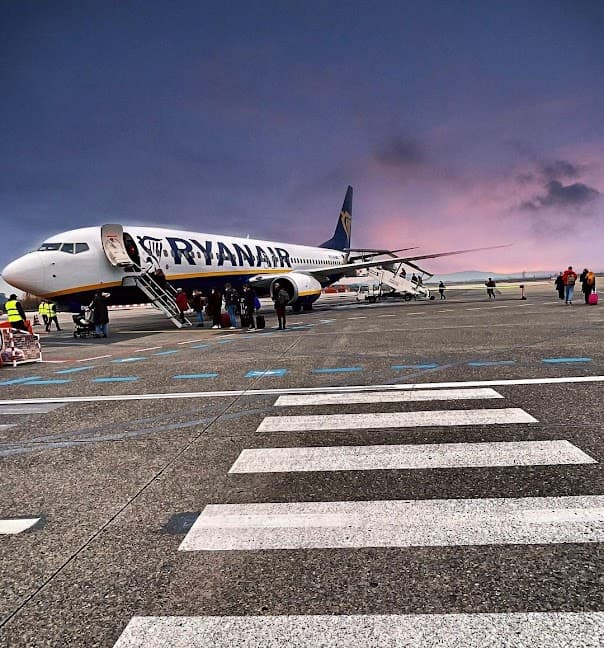
🚅By Train:
Pisa is well-connected to other major Italian cities. From Florence, it’s a quick 1-hour ride by train, and from Rome, about 3 hours.
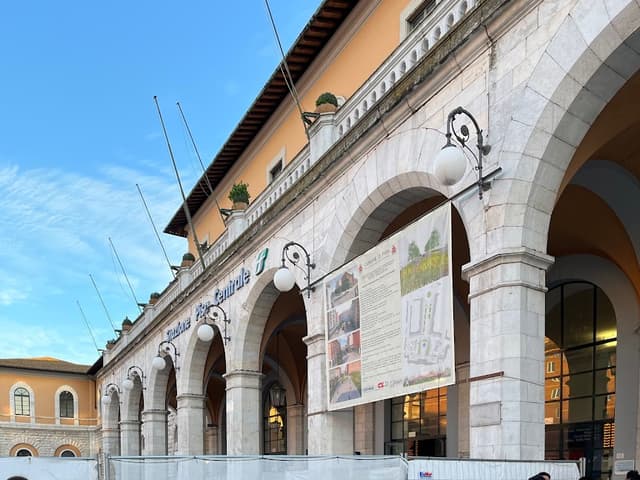
🚙By Car:
If driving, Pisa is easily accessible via the A11 or A12 motorways. Keep in mind that the city centre has limited traffic zones (ZTL), so parking outside and walking in is often the best option.
🚃By Bus:
Long-distance and local buses also link Pisa with surrounding towns and cities.
What to See in Pisa?
Pisa is more than its famous tower—it’s a treasure trove of history, art, and architecture. Here's a list of must-see sights:
1. Piazza dei Miracoli (Square of Miracles)
This UNESCO World Heritage Site is the heart of Pisa, home to four iconic landmarks:
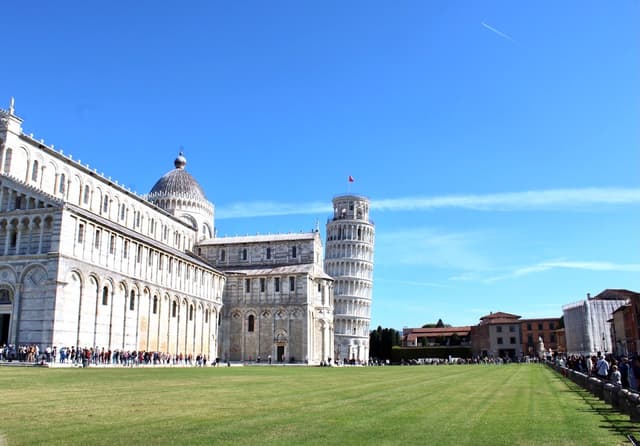
The Leaning Tower of Pisa
Originally built as the bell tower for the nearby cathedral, the Leaning Tower began tilting shortly after construction in 1173 due to unstable soil. Despite its unintended tilt, it has become a symbol of architectural resilience. Visitors can climb the 294 steps to the top for stunning views of the city.
Ticket Price: €20 for tower access.
Pisa Cathedral (Duomo)
The marble-clad cathedral, built in the Romanesque style, dates back to 1063. Inside, admire the intricately carved pulpit by Giovanni Pisano and the mosaic of Christ Pantocrator.
Ticket Price: Free with a ticket to any other monument, or €5 for standalone entry.
Baptistery of St. John
The largest baptistery in Italy, it features a mix of Romanesque and Gothic styles. Don’t miss the acoustics demonstration inside, where staff sing a note to show off the building's echo.
Ticket Price: €7.
Camposanto Monumentale (Monumental Cemetery)
Legend says soil from Jerusalem was brought here, making this cemetery sacred. It houses medieval frescoes and ancient Roman sarcophagi.
Ticket Price: €7.
2. Arno River and Bridges
Stroll along the Lungarni, the picturesque streets lining the Arno River, to enjoy colourful houses, quaint cafés, and impressive bridges like Ponte di Mezzo.
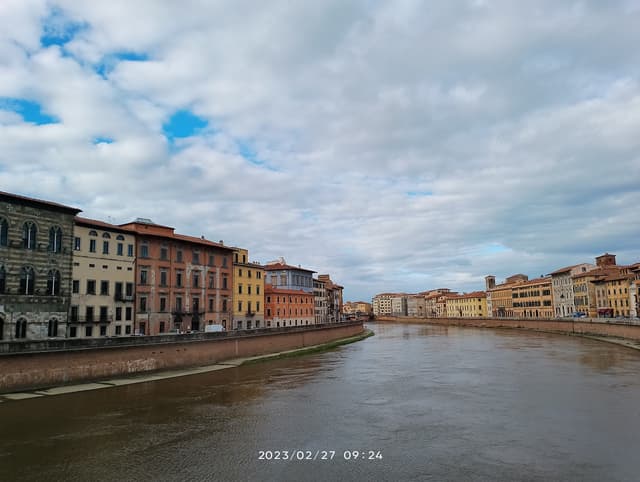
3. Palazzo Blu
This cultural hub hosts art exhibitions and showcases Pisa's artistic and historical legacy. The palace itself is a stunning piece of architecture.
Ticket Price: Free for the permanent collection; special exhibits range from €3–10.
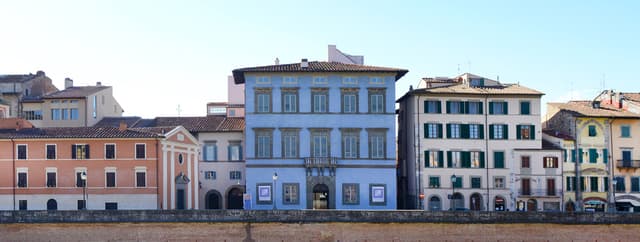
4. Keith Haring’s Tuttomondo Mural
One of the artist’s last public works, this massive mural represents peace and harmony through 30 interconnected figures. It’s a surprising pop of modern art in a historic city.
Ticket Price: Free.
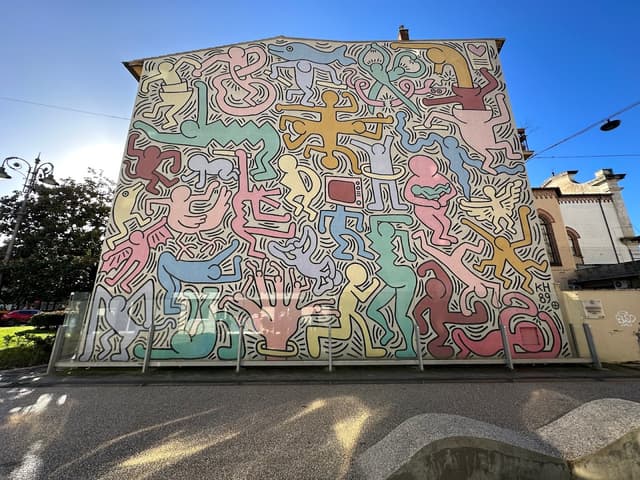
5. Church of Santa Maria della Spina
A small but intricate Gothic church along the Arno, known for its stunning façade and housing a relic believed to be a thorn from Christ’s crown.
Ticket Price: €2–3.
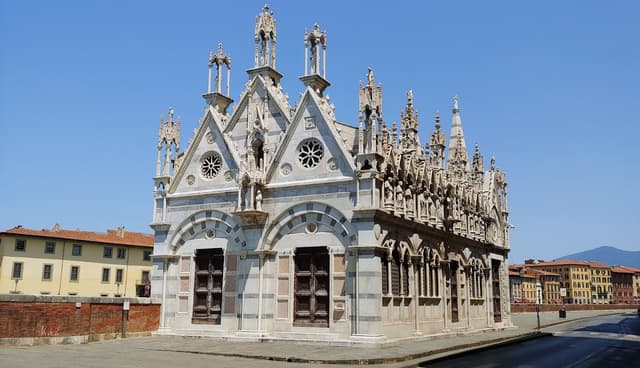
6. Museo Nazionale di San Matteo
This museum showcases medieval and Renaissance art, including sculptures and paintings from Pisa’s churches and convents.
Ticket Price: €8.
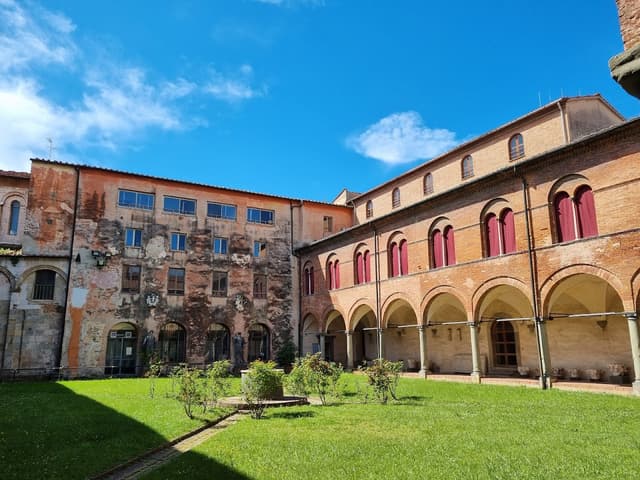
The Art Scene in Pisa: A Journey Through Time
While Pisa is world-famous for its architecture, the city’s artistic legacy is equally compelling. From medieval frescoes to contemporary masterpieces, Pisa is a paradise for art lovers.
Medieval Masterpieces
1. Camposanto Monumentale Frescoes
The Camposanto Cemetery houses some of Pisa’s most significant frescoes, including the hauntingly beautiful “Triumph of Death” by Francesco Traini. These 14th-century frescoes depict vivid scenes of life, death, and the afterlife, blending religion with raw human emotion.
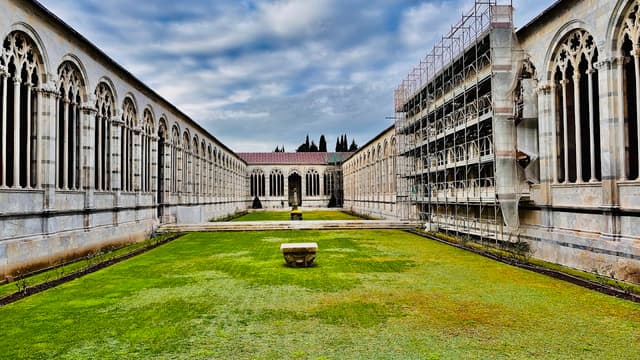
2. The Pulpit in Pisa Cathedral
Crafted by Giovanni Pisano in the early 14th century, this marble pulpit is a masterpiece of Gothic sculpture. Each panel tells a biblical story with intricate detail and expressiveness, a must-see for art enthusiasts.
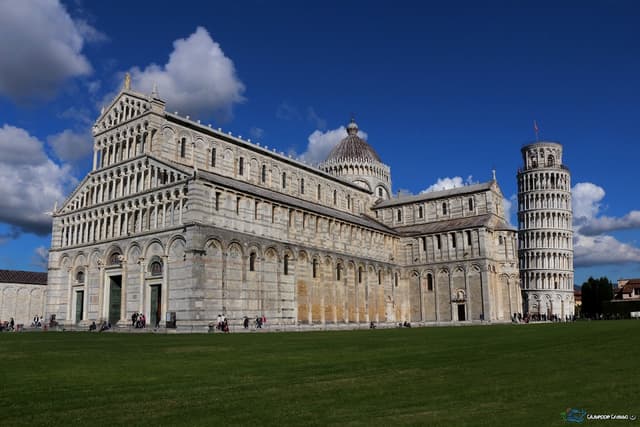
3. Museo Nazionale di San Matteo
This museum is a treasure trove of Pisan and Tuscan art, housing works from the 12th to 15th centuries. Highlights include wooden sculptures by Francesco di Valdambrino and paintings by Masaccio, Donatello, and Andrea Pisano.

Renaissance and Baroque Influences
4. Palazzo Gambacorti
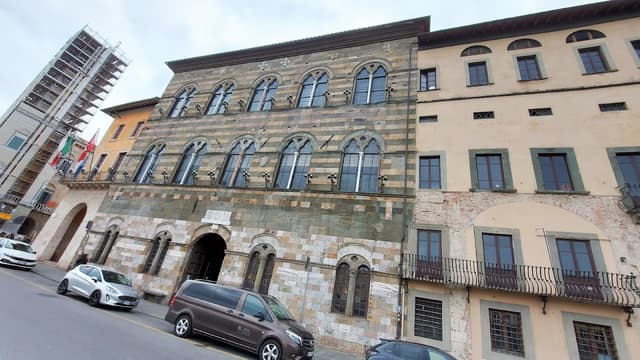
5. Santa Maria della Spina
Though small in size, this Gothic church is adorned with intricate statues and carvings, showcasing the exceptional craftsmanship of Pisan sculptors.

Modern Art
6. Keith Haring’s Tuttomondo
This vibrant mural, completed in 1989, is a striking contrast to Pisa’s medieval charm. Haring’s 180-square-metre painting depicts interconnected figures representing themes of unity, peace, and harmony. Located near Piazza Vittorio Emanuele II, it’s a must-see for fans of contemporary art.
What to Eat in Pisa: A Food Lover’s Guide
Pisa’s cuisine is a celebration of Tuscan traditions—simple yet flavourful dishes crafted from the freshest local ingredients. Here are some must-try foods and where to find them:
1. Cecina
A thin, savoury pancake made from chickpea flour, olive oil, and salt. It’s crispy on the outside and soft inside, often served as a street snack or in bakeries.
Where to Try: Pizzeria Il Montino, a beloved local spot near Piazza dei Cavalieri. Also, Pizzeria Zero-Zero.
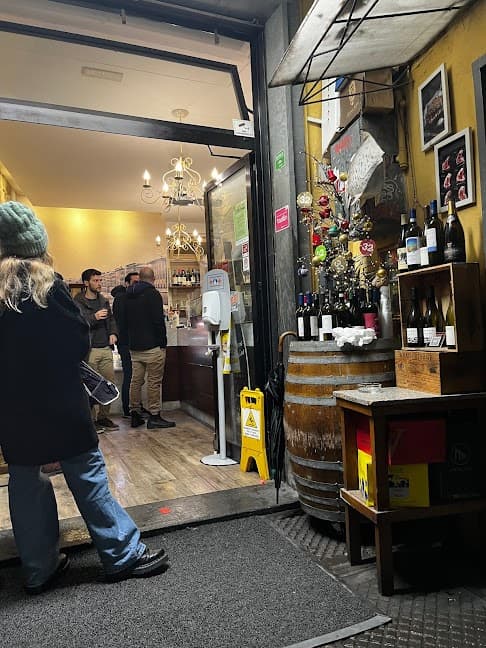
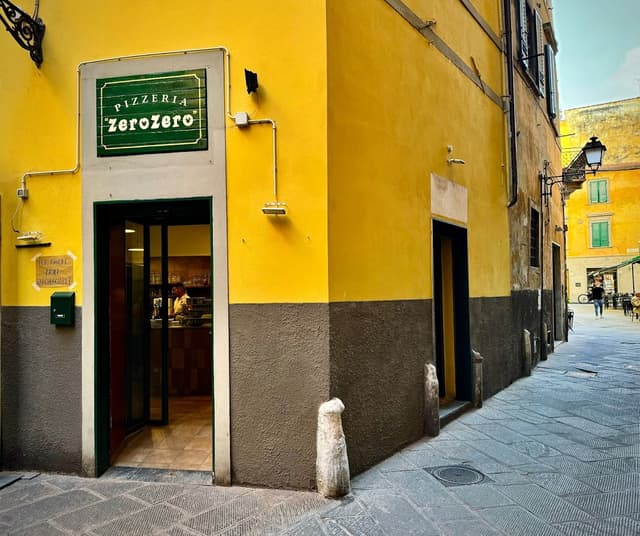
2. Tordelli Pisani
These large pasta pockets are stuffed with a rich mix of minced meat, herbs, and Parmesan cheese, served with a meaty tomato sauce.
Where to Try: Traditional trattorias like Trattoria La Buca.

3. Bordatino alla Pisana
A hearty soup made with cornmeal, beans, and kale, showcasing the rustic flavours of the region. Perfect for cooler months.
Where to Try: Look for this at small, family-run osterias.
4. Trippa alla Pisana
Pisa’s version of tripe stew is cooked with tomatoes, onions, and herbs for a tender and flavourful dish.
Where to Try: Hostaria Le Repubbliche Marinare, known for its traditional Tuscan fare.
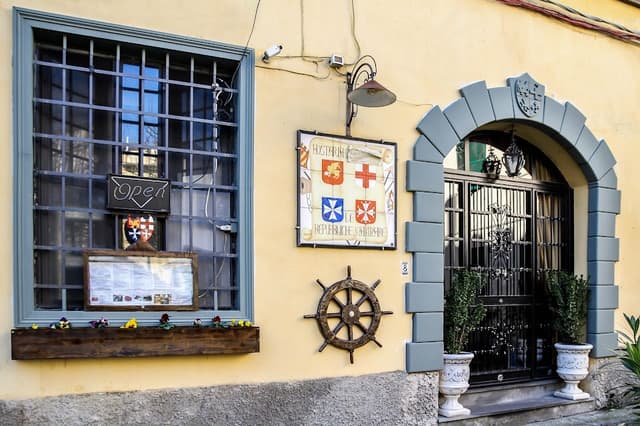
Desserts
1. Torta Co’ Bischeri
A unique Pisan pie made with shortcrust pastry, chocolate, rice, candied fruit, and nuts. It’s a local favourite!
Where to Try: Pasticceria Salza, a historic pastry shop in Pisa.
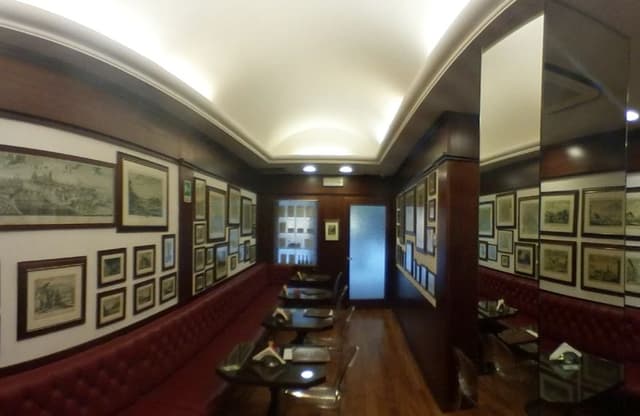
2. Ricciarelli
These almond-based cookies, originally from nearby Siena, are also popular in Pisa.
Drinks
Chianti Wine:
Pair your meal with a glass of this world-renowned Tuscan wine.
Ponce alla Livornese:
A strong coffee-based drink with rum and lemon, often enjoyed in the colder months.
Pisa’s vibrant student population, thanks to its prestigious university, ensures the city has a youthful, lively vibe. Spend time wandering its streets, enjoying authentic Tuscan cuisine, and sipping coffee at one of its many piazzas.
Explore also nearby towns!
The home for unique & authentic travel
